Qaanaaq, located in North Greenland, Denmark, is the northernmost inhabited town in the world. Its residents are among the first victims of climate change.
Permafrost is No Longer “Permanent”
The Greenland Ice Sheet is the second largest ice sheet in the world, covering about 80% of the surface of this massive archipelago. When it completely melts, global sea levels will rise by approximately 7 meters. In recent centuries, melting ice in Greenland has accounted for 20%-25% of the rise in sea levels.
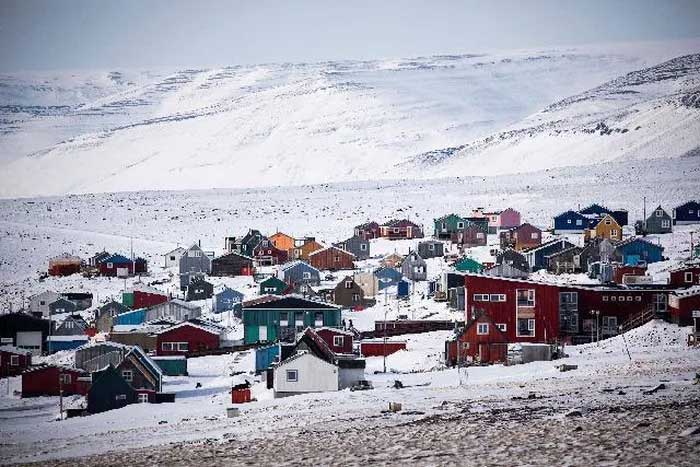
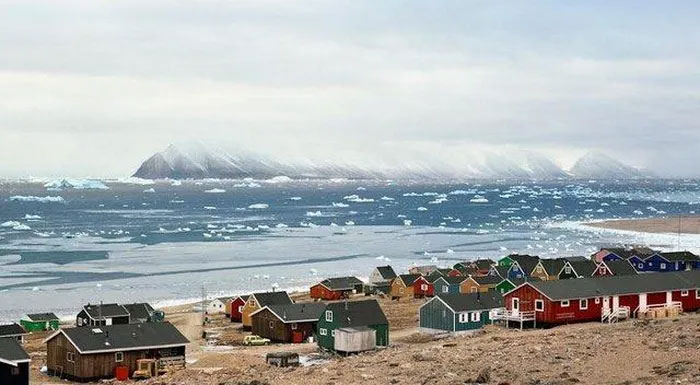
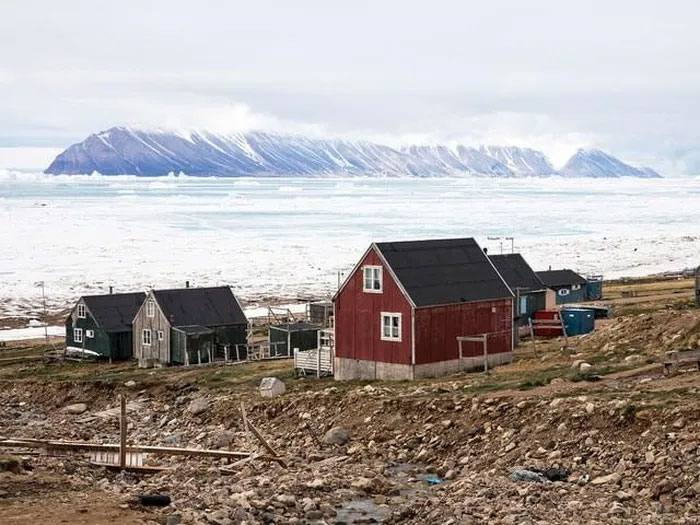
Qaanaaq, in North Greenland, is the northernmost naturally inhabited town in the world.
Records of the alarming rate of ice melt in Greenland are becoming increasingly frequent. In the summer of 2019, Greenland lost 532 billion tons of ice, permanently raising global sea levels by 1.5mm. In just three days, from July 15 to 17 of this year, the ice melted at a rate of 6 billion tons per day, enough to fill 7.2 million Olympic-sized swimming pools.
The melting ice is not only due to global warming but also due to the more frequent changes in atmospheric circulation patterns. However, both of these reasons are common consequences of climate change.
Qaanaaq has 656 citizens. It was established in the 1950s and is one of the towns most affected by climate change in Greenland. Many local residents in Qaanaaq live on permafrost, and their homes, as well as other critical infrastructure such as roads and bridges, are built on this frozen ground.
However, this permafrost seems to be on the verge of no longer being “permanent.” As the permafrost melts, the ground becomes weaker and less able to support these structures. This phenomenon could lead to building collapses, damaged roads and pipelines, and moisture seeping into homes, severely diminishing the quality of life for residents. Inhabitants have to frequently patch cracks in their homes.
Struggles in the Northernmost Town
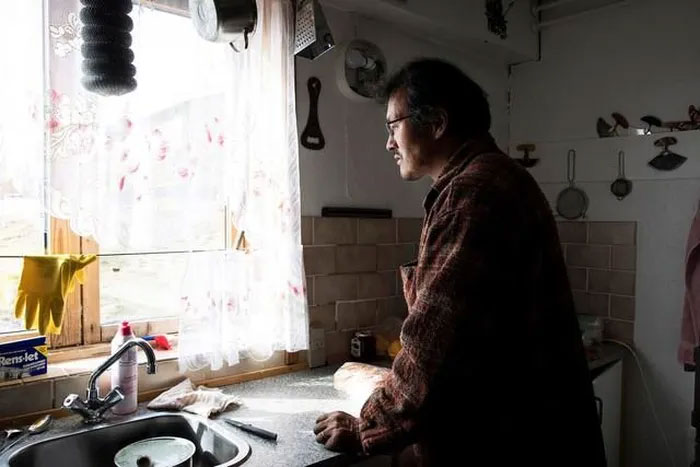
Orla Kleist states that his home has been continuously damaged over the years due to changes in the permafrost
Sebastian Zastruzny, an expert who has studied the permafrost in the area for several years, says: “Part of Qaanaaq is built on fine materials like clay, silt, and sand that are prone to frost heave. This means the ground will move up and down as it freezes, since ice is part of the structure of the soil. If this layer of soil melts and the foundation of the house is not deep enough, the buildings will gradually settle.”
Qaanaaq is one of the last towns in Greenland that survives primarily through hunting. Like many other polar regions, the residents here live in darkness for months of the year and experience continuous daylight for many months. In this area, cargo transport only occurs twice a year, once when the ice melts in June and again before the sea ice forms in September. Each year, the hunting season shortens due to unstable sea ice conditions. Some local hunters say that everything is changing from year to year and they “cannot be sure about anything.”
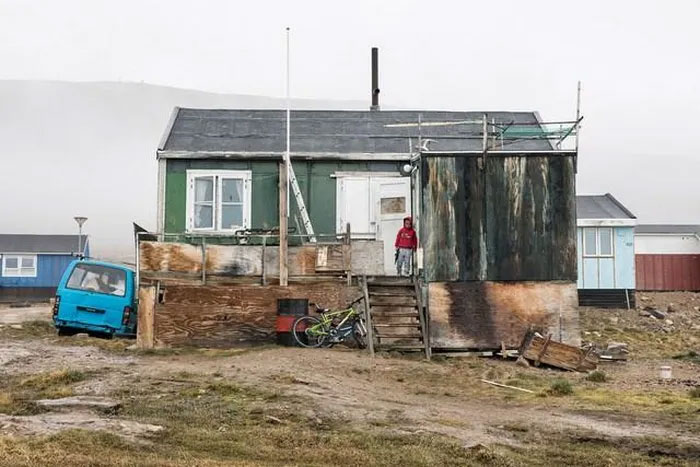
A family living in this sinking, decaying house. The most severe damage occurs in the fall and spring
During the summer months, residents collect water from a nearby river. However, in the winter, the weather is too cold for the river to flow. Icebergs from the sea are transported by trucks to a special facility where the ice is melted. The water is then distributed to all homes in Qaanaaq by a water transport ship. As the sea ice begins to break in the spring and conditions become increasingly uncertain and dangerous, the previously simple task of collecting water becomes more hazardous. Local residents are facing water prices higher than those of oil.
The Qaanaaq community has a long history of pride in maintaining their hunting traditions across generations. They have formed a very distinct and unique culture compared to the rest of the world. For many, living according to these customs is an expression of cultural identity, and this identity is at risk of being eroded along with the changes brought by climate change.
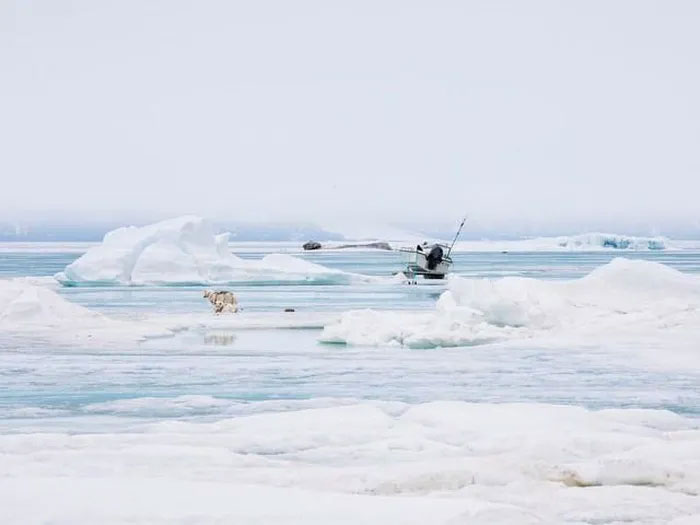
When the sea ice is not thick enough for dog sledding, hunters must carry boats to be able to hunt.
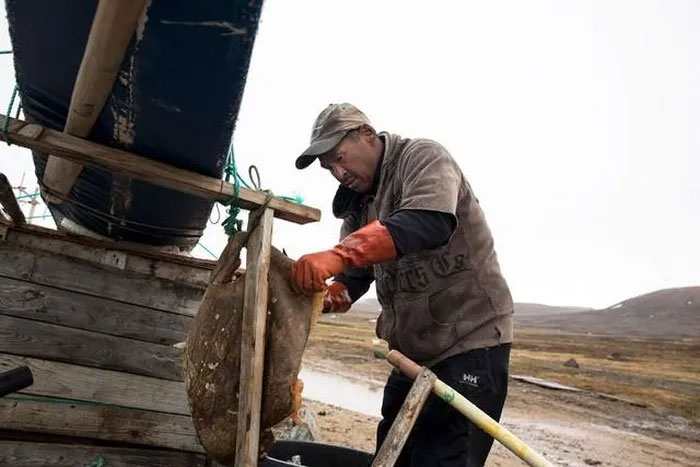
A hunter preparing to butcher a seal.
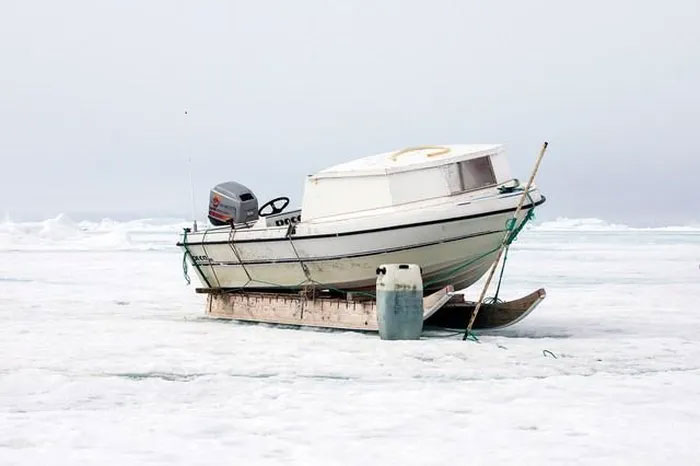
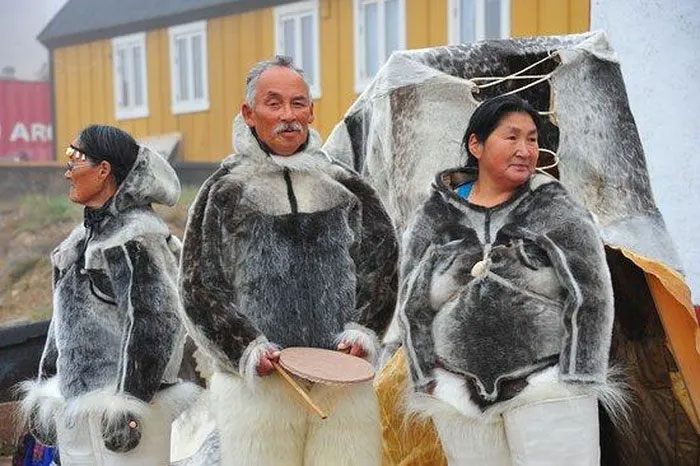
The ice is melting and the people of Qaanaaq are gradually losing their homes and identity.


















































